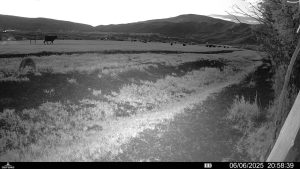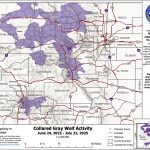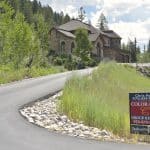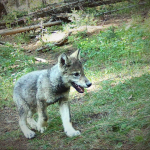All about aspens: Pretty leaves, shallow roots, and some serious personality
CSU Extension Master Gardener

John F. Russell/Steamboat Pilot & Today
The quaking aspen (Populus tremuloides) is one of Colorado’s most iconic trees and maybe its most dramatic. With smooth white bark, fluttering leaves that shimmer like confetti, and brilliant gold fall color that makes even the evergreens jealous. But behind that beauty is a fascinating and sometimes finicky tree that plays a big role in our Yampa Valley landscape.
Aspens are famous for their ability to clone themselves. (Must be nice, right?) What looks like a grove of individual trees may actually be a single organism, connected underground by a shared root system. New trees, called suckers, sprout up from these roots, creating a genetically identical stand that can stretch for acres.
The most famous example, Utah’s “Pando” colony, is considered one of the world’s largest and oldest living organisms. Here in Northwest Colorado, aspen stands cover vast areas of forest between 6,000 and 10,000 feet and are often the first trees to return after wildfire or disturbance.
Aspens provide food, shelter, and habitat for countless species. Elk and deer nibble on the bark, birds nest in their branches, and pollinators love the wildflowers that flourish in the sunlight beneath their canopy. Aspen groves are biodiversity hotspots.
Aspens are known for their dazzling fall color and distinctive trembling leaves. But they can also be sensitive and prone to health problems.
Common threats to aspens in Routt County include:
- Cytospora canker, causing sunken, oozing bark lesions.
- Leaf spot diseases, leading to early leaf drop.
- Tent caterpillars and leaf miners, which feast on leaves.
- Drought stress, which weakens trees and invites disease.
- Root damage from construction or soil compaction.
And yes, if you mow too close or pile mulch against the trunk, they’ll hold a grudge and it shows.
To keep your aspens thriving:
- Allow root suckers to grow naturally if you want a grove.
- Avoid planting them in small lawns, they don’t play well with tight spaces.
- Water young trees during dry spells.
- Mulch around the base to retain moisture, but not against the trunk.
- Prune dead or diseased branches in late fall or winter.
Sure, aspens can be a little high maintenance, but they’re also one of the most important and stunning parts of our Northwest Colorado landscape. Their roots help hold the soil together, their groves create critical wildlife habitat, and when autumn rolls around, they absolutely steal the spotlight with their golden glow.
With a little care, some patience, these trees can brighten your property and your view for years to come.
Sarah Storm is a Master Gardener apprentice who can usually be found digging in the dirt, chasing pollinators, or trying to convince everyone that weeds are just misunderstood.
Have questions about your aspens? The CSU Routt County Extension Office and Master Gardener help desk are ready to help. Stop by Thursdays, 10 a.m. to 1 p.m., May through September or have us come out for a site visit to meet your Aspens. Contact us at: (970) 879-0825 or rcextension@co.routt.co.us

Support Local Journalism

Support Local Journalism
Readers around Steamboat and Routt County make the Steamboat Pilot & Today’s work possible. Your financial contribution supports our efforts to deliver quality, locally relevant journalism.
Now more than ever, your support is critical to help us keep our community informed about the evolving coronavirus pandemic and the impact it is having locally. Every contribution, however large or small, will make a difference.
Each donation will be used exclusively for the development and creation of increased news coverage.









